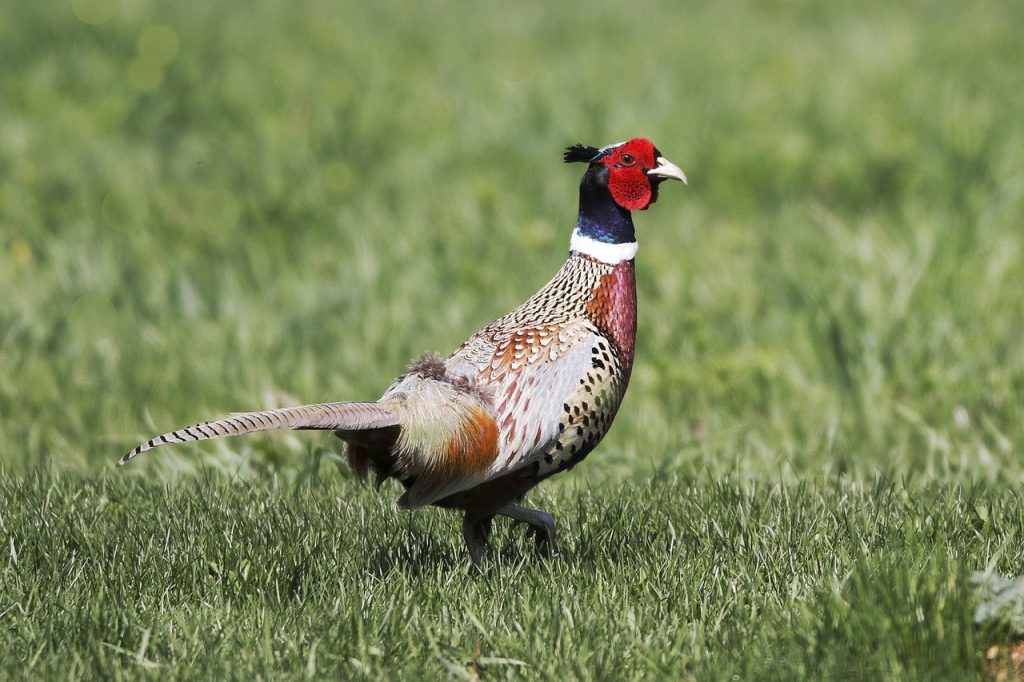Game Bird Shooting in the UK

Image by rfotostock from Pixabay
Please see the end of this article for the links I used while researching this.
I had never really thought about the game bird shooting industry in the UK until I watched an episode of the BBC programme Countryfile.
I started thinking about the birds who existed only to be shot for fun and eaten. Is it any different to pigs and cows being reared and killed for food and the economy? Both are industries that support the economy and provide jobs for people.
So, what are the concerns about the game bird shooting industry?
Here are some of them:
1. The welfare of the birds and chicks.
2. The ecological impact of these birds being released into the countryside.
3. Wastage. Are all the shot birds eaten?
From my research, pheasants seem to be the most common game bird.
Guy Shrubsole looked at the ecological concerns of releasing pheasants in his article on WHO OWNS ENGLAND?
“To be clear from the outset: the science on pheasant releases is complex, and doesn’t cut all one way… Nevertheless, the sheer scale of the pheasant population nowadays gives many conservationists cause for concern… GWCT data shows a nine-fold increase in pheasant releases since the 1960s.”
“And there is increasing evidence that this weight of pheasant numbers is having negative ecological impacts – much of it gathered by the GWCT themselves: with high densities of pheasants shown to alter the structure of hedgerows, cause significant changes in invertebrate communities, and have long-term negative impacts on woodland species diversity and structure.”
An article in The Guardian by Anthony Browne touches on the wastage issue.
“As there is little demand for the birds as food, the animals are then buried in specially dug holes.”
“Experienced hunters are also condemning the practice. Julian Murray-Evans, the editor of Shooting Times magazine, said: ‘It is more than a little embarrassing that many shooters don’t eat the game they shoot.'”
The same article also touches on welfare concerns.
“Millions of pheasants are being bred as ‘living shooting targets’ for gun-users in what campaigners say is the most grotesque abuse of animals ever seen in Britain.
More than 36 million pheasants were reared in industrial hatcheries last year before being released into the wild a month before the hunting season – which starts tomorrow – so that they could learn to fly.”
“During the hunt, ‘beaters’ frighten the birds from the grass so that they fly directly into the line of fire.”
The GFA (Game Farmer’s Association) also addresses welfare concerns, especially concerning birds that are reared for the shoots.
“Each national code was issued under the animal welfare legislation in place for the country concerned and whilst a breach of the codes is not an offence in itself, the courts must have regard to what the codes say, when determining whether or not an animal welfare offence has taken place. There is thus a severe risk of prosecution if the codes are not followed.”
The shooting industry also recognises a need to address concerns, as Guy Shrubsole’s article also states.
“Many pheasant shooting estates invest in planting cover crops for pheasants that also provide food for wild bird populations. Figures from the Game & Wildlife Conservation Trust (GWCT) suggest that shooting estates have planted thousands of acres of woodland copses and hedgerows for pheasants to shelter in – creating lots of space for other wildlife in the process.”
The British Association for Shooting and Conservation also expresses the more positive side of game shooting.
“It offers on the one hand, recreation in the countryside and on the other, economic benefits to help sustain a healthy rural community.
Land managed for game shooting provides huge benefits to the environment. It is a major resource in promoting biodiversity and assisting the UK to achieve the targets set in national and local biodiversity action plans; BASC’s Green Shoots conservation programme has been endorsed by Natural England, Scottish Natural Heritage, Natural Resources Wales & the Northern Ireland Environment Agency.”
In conclusion, there’s a lot to be considered when looking at this issue. Is there more that the game bird industry needs to be doing to address the issues that concern some? What would the effect be on the countryside and its economy if this sport was banned? Is it any different from rearing and killing other animals for food and the economy?
The opinions expressed are my own and not those of Kelp Social.
The English shooting estates that rear 20 million pheasants a year
https://www.gfa.org.uk/codes-of-practice.html
https://basc.org.uk/game-shooting/

Responses